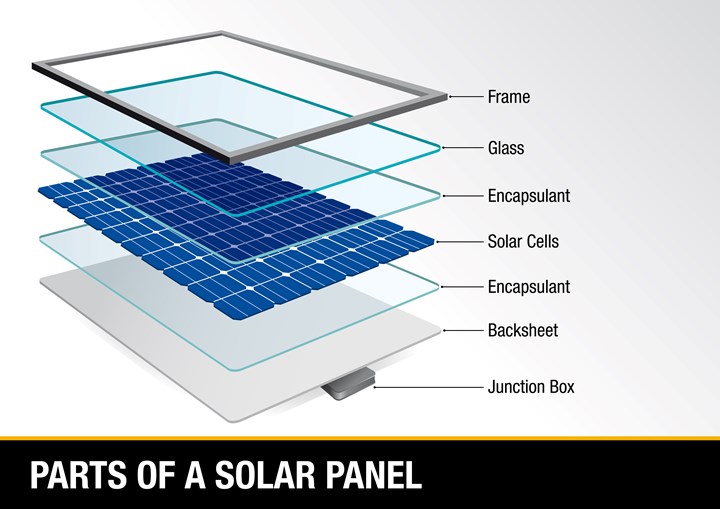PC Copolymer for PV Connectors
SABIC’s “breakthrough” LNP EXL9334P is said to meet stricter performance and regulatory requirements for emerging 1.5Kv solar systems.

What is described as a “breakthrough” PC-based copolymer for photovoltaic (PV) connector bodies that meet stricter performance and regulatory requirements for emerging 1.5Kv solar systems has been launched by SABIC. LNP EXL9334P copolymer resin reportedly achieves the highest comparative tracking index (CTI) level (UL PLC0) and IEC as Material Group 1 (IEC MG 1). It reportedly also delivers low-temperature ductility, good dimension stability, excellent heat resistance, good durability and weather resistance and flame retardance. This specialty resin’s performance is said to surpass competitive materials such as glass-reinforced nylon, PPE and standard PC.
The emergence of 1.5 Kv PV systems is a major industry trend that offers efficiency improvements and potential system cost reduction. However, the transition from 1.0 Kv to 1.5 Kv systems is also leading to more-stringent performance and safety standards for all components. The main requirement is high CTI performance (UL PLC0 and IEC MG 1) to withstand 1,500 system volts without breaking down. Other properties are also critical, including ductility under exposure to very cold outdoor temperatures.
New LNP EXL9334P copolymer resin reportedly delivers high performance in all key properties needed for 1.5 Kv components, compared to competitive materials that fall short in certain respects like dimension and impact. In addition to achieving a high CTI (UL PLC0 and IEC MG 1), the SABIC material provides low-temperature impact down to -40 C, good weatherability (UL 746C f1 listing) and good dimensional stability. The resin also meets the UL94 V0 standard for flame retardance at 1.2mm and delivers long-term heat resistance. According to SABIC, customers could also benefit from the cost-effective design flexibility and processing efficiency of this injection-molding thermoplastic.
Related Content
-
BASF Highlighting How They 'Make, Use and Recycle Future Solutions'
NPE2024: BASF is using its proprietary computer-aided engineering tool Ultrasim when designing for sustainability in a broad range of industries.
-
What is the Allowable Moisture Content in Nylons? It Depends (Part 1)
A lot of the nylon that is processed is filled or reinforced, but the data sheets generally don’t account for this, making drying recommendations confusing. Here’s what you need to know.
-
Automotive Awards Highlight Emerging Technologies
Annual SPE Automotive event gives nods to several ‘firsts’ as well as sustainability.




